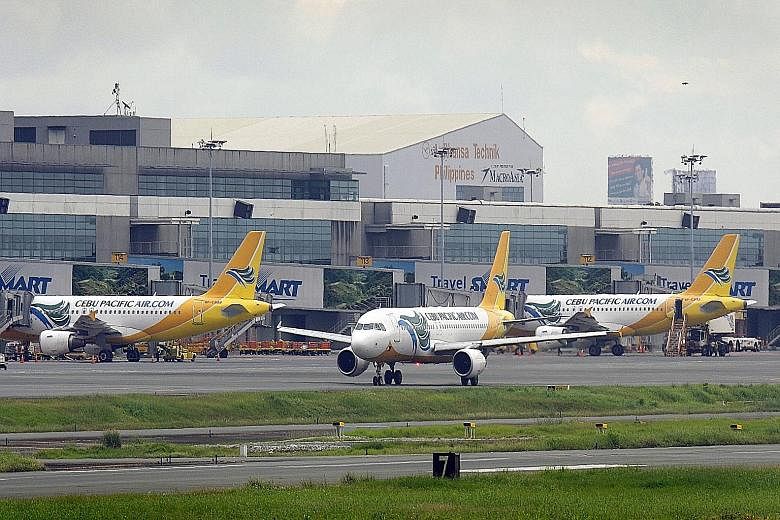Asean's plans for free skies have hit a snag, with Indonesia and the Philippines yet to ratify a deal and unlikely to do so before a year-end deadline.
The plan was for all carriers from the 10 member states to be able to fly freely from their home country to any city within the bloc by the end of this year.
But so far, Indonesia has opened up only Jakarta while the Philippines has removed restrictions from all cities except its capital Manila. The other eight countries, including Singapore, have lifted all restrictions.
Liberalisation brings advantages such as greater competition between airlines, better choice and prices for consumers, and knock-on benefits for tourism and other sectors of the economy, analysts noted.
Aviation law professor Alan Tan of the National University of Singapore, who has been following the developments closely, told The Straits Times: "I look forward to Indonesia and the Philippines accepting these final pieces of the puzzle soon in order to jump-start the Asean single market. Otherwise, there will be significant gaps."
Allowing carriers to fly without restrictions from their home country to another Asean city is just the first phase of the liberalisation process.
To be truly a single sky, there are other key milestones Asean has to cross, such as allowing an airline from Country A to operate domestic flights in Country B, as well as flying to a point in Country B and, from there, onwards to another destination outside Asean.
This is currently not permitted.
A single aviation system would unshackle ownership rules that typically require an airline in a country to be majority-owned by nationals.
An integrated air traffic management system would also allow the region to better handle a growing number of flights and avoid gridlock in the air.
While Asean has made good progress towards air liberalisation, there are challenges.
For example, some countries are concerned that their national carriers would not be able to compete effectively in a truly open market against stronger rivals.
Said Prof Tan: "Crucially, there is no supranational mechanism or organ in Asean that can compel member states to place the regional interest above individual, national interests."
But there is political will in Asean to move towards integration, said the European Commission's new director-general for mobility and transport, Mr Henrik Hololei, during his first official trip to South-east Asia last month.
The European Union and Asean are working towards sealing the first-ever bloc-to-bloc open skies agreement.
Mr Hololei told The Straits Times then: "There is more fragmentation among Asean members than perhaps among EU members, but we have seen positive attempts to forge closer cooperation here.
"A single aviation market is clearly the intention and the direction in which the countries want to move towards."


